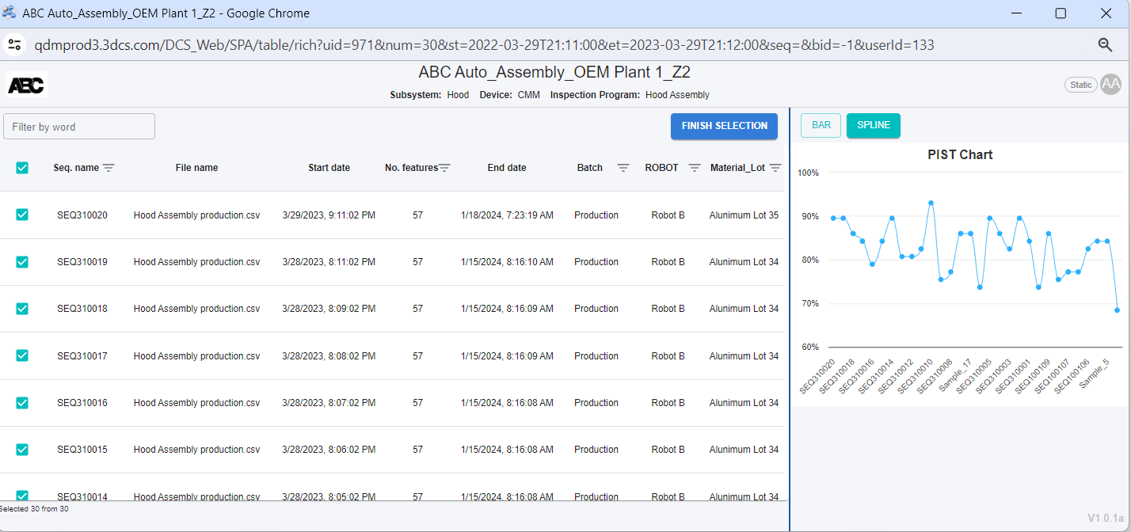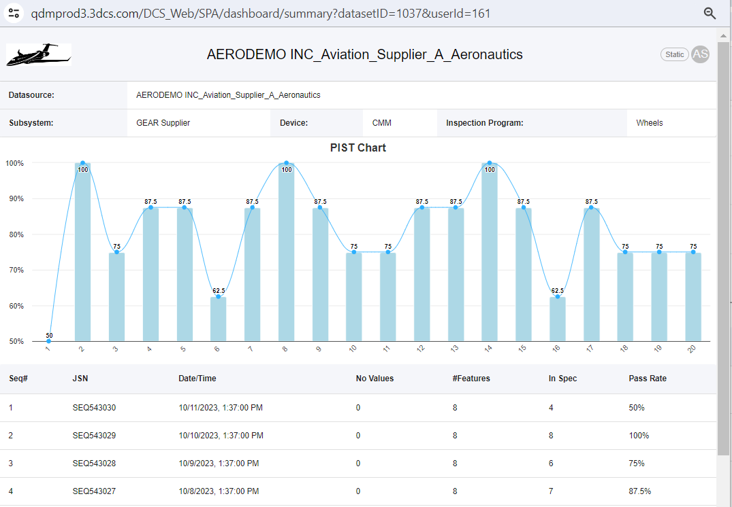Discover how QDMWEB QI can enhance your quality improvement efforts with its data-driven approach
QDMWEB QI is a powerful tool that simplifies the quality improvement process by automating the collection and reporting of data. It offers a data-driven approach to quality improvement, allowing organizations to make informed decisions based on accurate and real-time data.
Unlike traditional methods of quality improvement, which often rely on manual data collection and reporting, QDMWEB QI streamlines the process by automating these tasks. This not only saves time and resources but also reduces the risk of errors and ensures data integrity.

With QDMWEB QI, organizations can easily track and monitor key quality metrics, identify areas for improvement, and implement targeted interventions. By harnessing the power of data, QDMWEB QI enables organizations to make evidence-based decisions and drive quality improvement initiatives effectively.
Furthermore, QDMWEB QI provides customizable dashboards and reports that allow users to visualize and analyze their data in a meaningful way. This helps organizations identify trends, patterns, and outliers, which can provide valuable insights for quality improvement efforts.
Using QDMWEB QI for quality improvement offers numerous benefits for organizations. Firstly, it streamlines the data collection and reporting process, eliminating the need for manual data entry and reducing the risk of errors. This saves time and resources, allowing organizations to focus on analyzing the data and implementing quality improvement initiatives.
Secondly, QDMWEB QI provides real-time access to quality metrics, allowing organizations to monitor their performance and identify areas for improvement promptly. This enables proactive decision-making and timely interventions, leading to more effective quality improvement efforts.
Another benefit of using QDMWEB QI is the ability to track and measure the impact of quality improvement initiatives. By collecting and analyzing data, organizations can evaluate the effectiveness of their interventions and make data-driven adjustments to optimize outcomes.

Furthermore, QDMWEB QI offers customizable dashboards and reports that provide visual representations of key quality metrics. This allows users to easily interpret and communicate the data, facilitating collaboration and engagement in quality improvement efforts.
Implementing QDMWEB QI successfully requires careful planning and execution. Here are some best practices to consider:
1. Clearly define your quality improvement goals and objectives: Before implementing QDMWEB QI, it is essential to have a clear understanding of what you want to achieve. Define your goals and objectives to ensure alignment with your organization's overall quality improvement strategy.
2. Engage key stakeholders: Involve key stakeholders, such as frontline staff, managers, and executives, in the implementation process. Their buy-in and support are crucial for the success of QDMWEB QI.
3. Provide comprehensive training: Ensure that all users receive comprehensive training on how to use QDMWEB QI effectively. This includes understanding data entry requirements, generating reports, and interpreting the data for quality improvement purposes.
4. Establish data governance processes: Develop robust data governance processes to ensure data accuracy, integrity, and security. This includes defining data collection protocols, data validation procedures, and data access controls.
5. Monitor and evaluate the implementation: Continuously monitor and evaluate the implementation of QDMWEB QI to identify any challenges or areas for improvement. Regularly review the data, gather feedback from users, and make data-driven adjustments as necessary.
By following these best practices, organizations can successfully integrate QDMWEB QI into their quality improvement initiatives and maximize its benefits.
These Stories on SPC
No Comments Yet
Let us know what you think